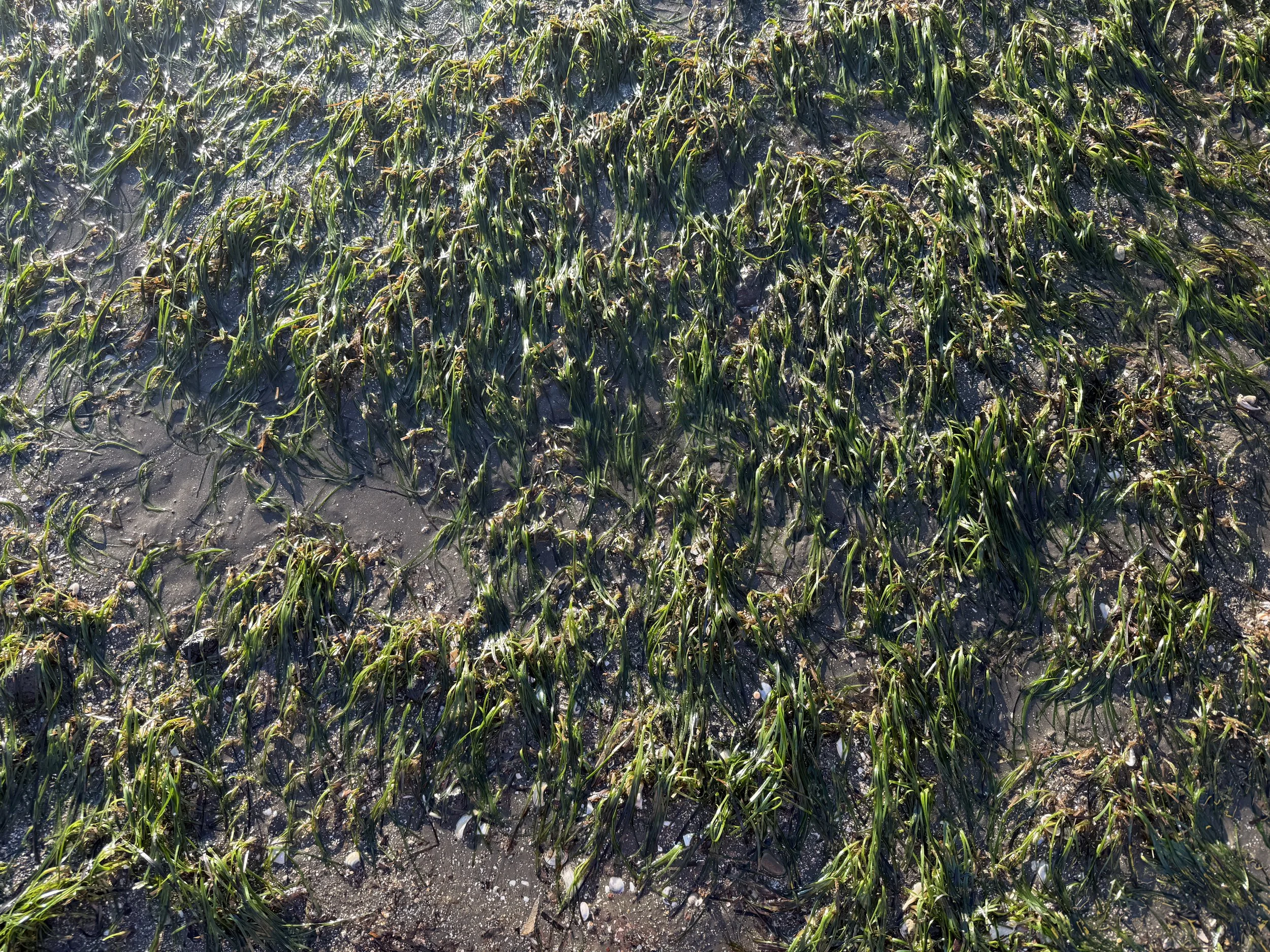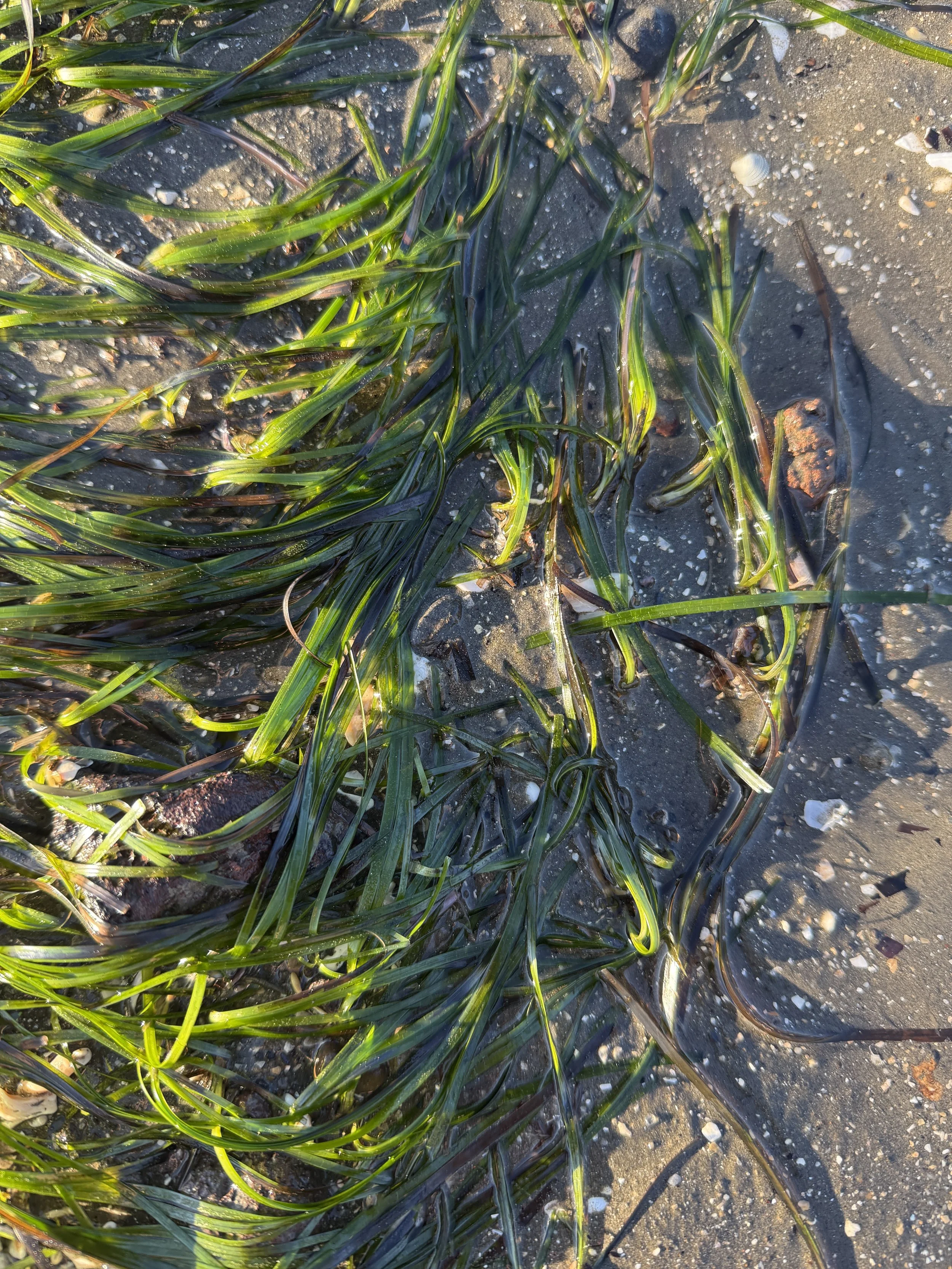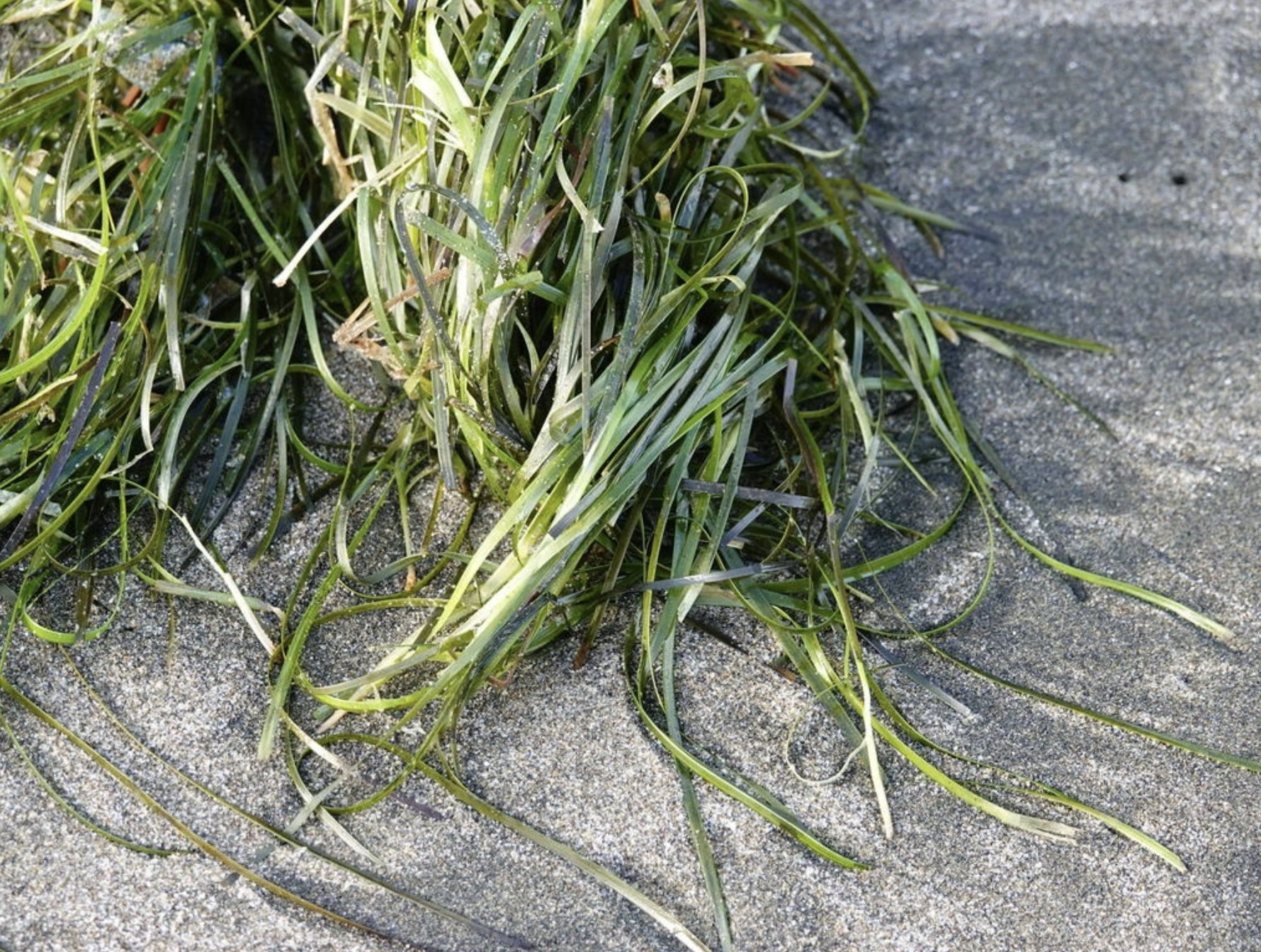Seagrass: Friend or foe?
Swimmers don’t always like it and it can be a nuisance for power boats. It can foul boat props, and accumulate in smelly piles on our beaches as it dies off over winter.
Seagrass on an urban beach in Auckland. Photos / Zoe Hawkins
But our native seagrass Zostera muelleri (known in Māori as rimurēhia), a flowering marine plant commonly found in shallow harbours and bays up and down the country is a species with huge benefit to our local ecosystems. “It is to be treasured and not feared”, says marine biologist Dimitri Colella from Auckland Council’s marine biosecurity team.
“Seagrass has a hugely important role in our marine ecosystem and it’s actually a positive indicator of marine health,” he says.
“It helps to trap and stabilise sediments with its roots and rhizomes; improving water quality. It provides a nursery and feeding ground for invertebrates and fish - it is an important habitat for many species.”
He says that healthy ecosystems are more robust and may be able to help fight marine pest incursions in those areas, an area where it also has value.
When seagrass washes ashore it provides a habitat and food source for insects and marine invertebrates, and coastal seabirds. When the seagrass decomposes, nutrients are recycled back into the sea. It’s all part of a natural process.
Seagrass is also considered to be an important tool in climate mitigation because it absorbs large amounts of carbon dioxide and in the South Island, a multi year research Programme called ‘Restore the Meadows’ is underway by the Cawthron Institute to develop a blueprint for seagrass meadows across the country.
Find out more information: NIWA Guide to New Zealand Seagrass
Photos: Seagrass accumulated on a Manukau Harbour foreshore photo / Zoe Hawkins
Seagrass is bright green with a sharp point. Photo / Jacqui Geaux, iNaturalist






